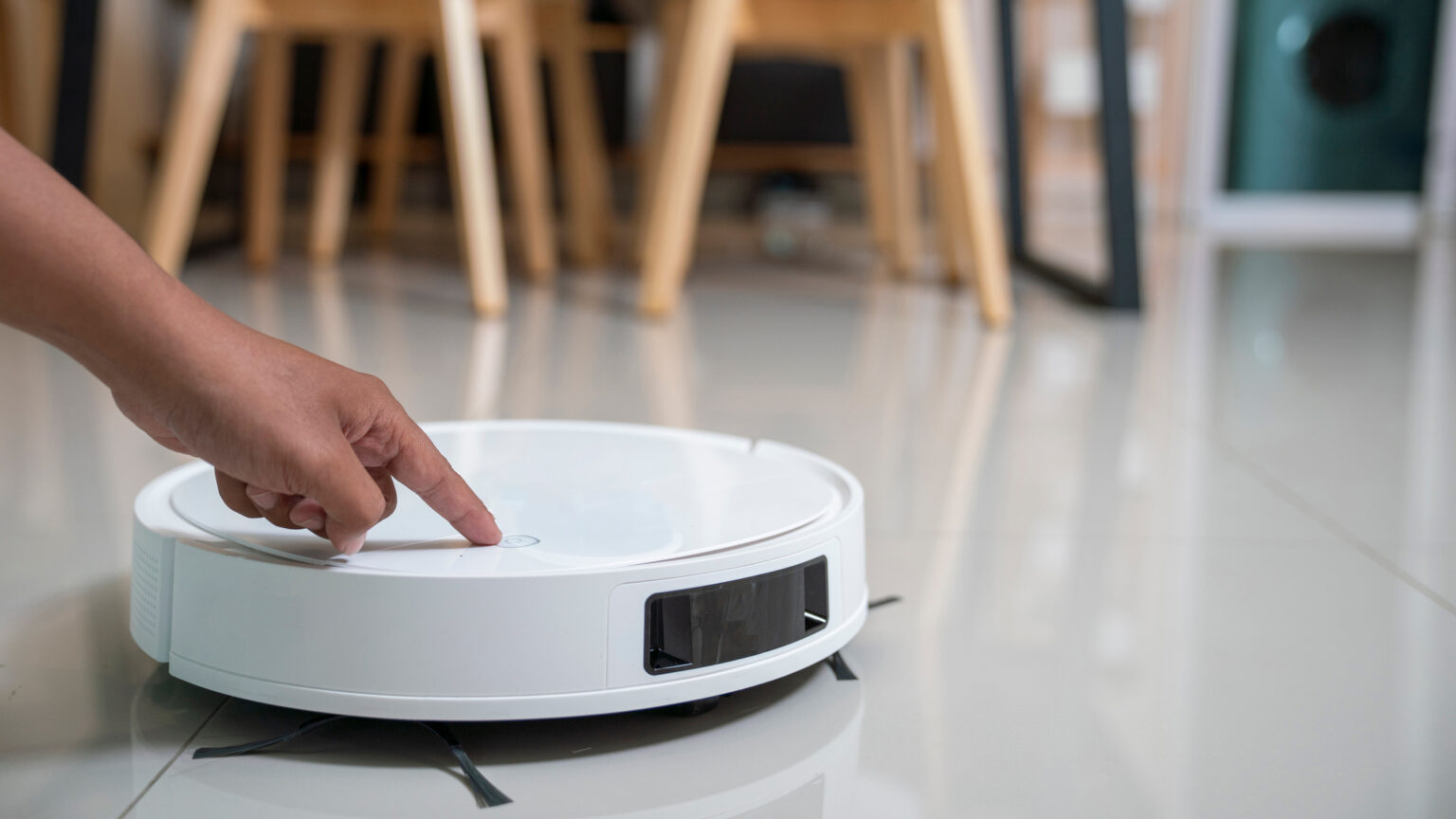Let’s face it, most of us are not big fans of cleaning our homes. Whilst having a sparkling space looks and feels great, when you have to sacrifice your valuable leisure time to catch up on your seemingly never-ending rota of cleaning tasks, ticking them off the list just doesn’t feel worth it.
That’s why anything that offers a shortcut is so appealing – from the wealth of cleaning hacks that pop up on our social media feeds, to smart home appliances designed specifically to make life easier. Roll up, roll up, it’s time to put the robot vacuum in the spotlight. 1 in 3 people questioned in our 500-participant survey believe smart vacuums are silly. Are they right, or are they simply not clued up on how handy this tech can actually be?
Vacuuming has to be up there as one of our least loved cleaning tasks, and smart vacs are supposed to make home cleaning more convenient and efficient, but are they really worth it?
Time-saving
One of the biggest pros when it comes to getting your robot helper on the case is time-saving. Because you can set the machine to clean your floors automatically, it frees you up to focus on other tasks (or take some time out with a cuppa!).
The more expensive models will offer programmatic schedule functions, which means you can set the vacuum to clean at specific times – whether that’s when you’re out during the day or overnight while you’re asleep. While it might not deliver the same deep-down clean as your regular vacuum, it’s a great way to stop dirt building up, and make your home feel more consistently clear and tidy. If you’re looking to really get the most from your robot vac, look out for a model that combines vacuuming with a mopping function.
Ease of use
Just like many smart tech appliances, one of the joys of a robot vacuum is that it’s so easy to operate when you have strong and reliable Wi-Fi at home. Usually controlled via smartphone apps or smart speakers, they’re super user-friendly. Once they’ve completed their initial mapping of your home, it means they’ve learnt the layout and they also have sensors to detect dirtier areas or avoid obstacles so that they can get on with the job with minimal input from you.
Cleaning performance
If we’re being totally honest, while robot vacs score high for convenience, the main drawback is that they’ll never get your floors as sparkling as your regular vacuum cleaner will. They usually offer less powerful suction, and struggle with deep-cleaning carpets or picking up larger debris. They’re also limited in how much debris they can store onboard so need more frequent emptying, although the more expensive models can do this themselves at their charging dock.
Cleaning interruptions
The vacuum cleaner will map the area and identify obstacles but that doesn’t prevent it from getting stuck under furniture, tangled in power cables, or caught up in your rugs. If you’re a particularly messy household, it could actually end up taking you more time to clear the floor area enough for the robot vacuum to operate than it would to just run round with a traditional vacuum yourself.
Robot vacs are really designed for large, single-level open plan layouts where they can work their way round systematically cleaning the whole area. This isn’t how many of our British homes are designed, and tackling awkward corners, multi-level spaces and cramped rooms can be too much of a challenge.
What’s the verdict? Smart vacuums are probably not going to replace our standard vacs any time soon, but they’re definitely a great add-on for busy households if you’re looking to simplify your cleaning routine.
To browse smart vacuums and other smart home tech to help your day run a bit smoother, check out the EE Store.
Read the full article here
